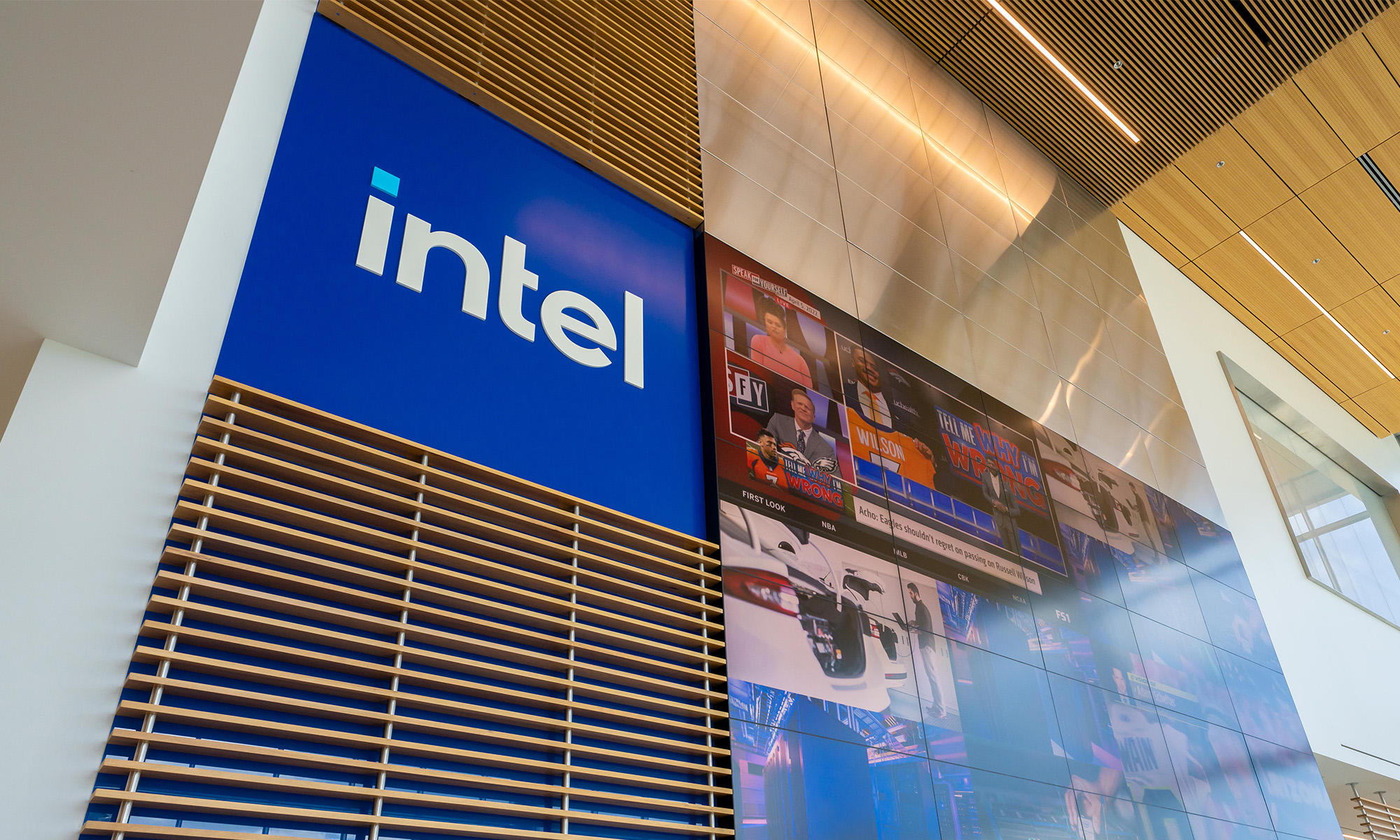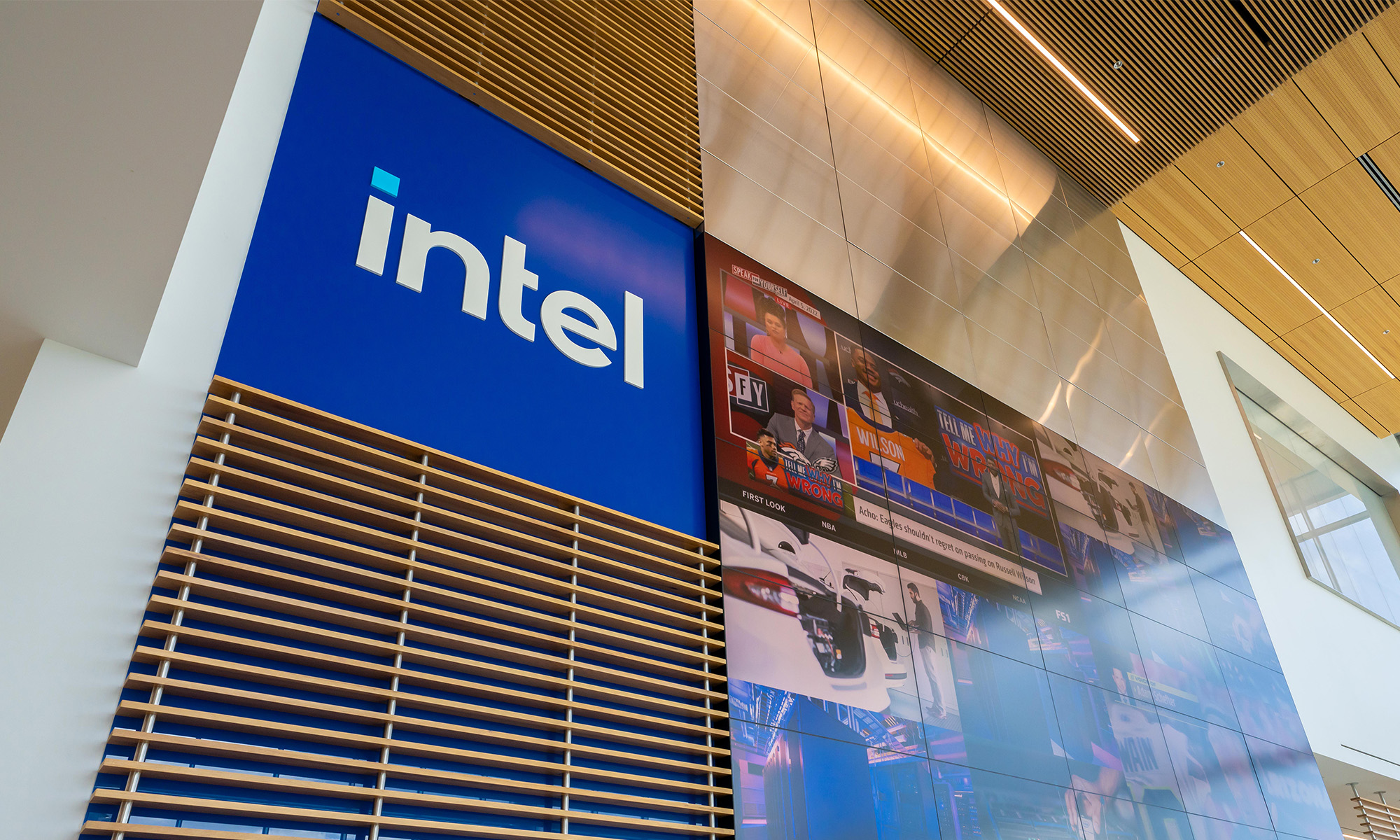On Feb. 12, I published a column examining a job listing that had popped up on chip giant Intel's (INTC 0.52%) website. The job listing, posted on Jan. 21, 2016, and since taken down, said the company's 10-nanometer chip manufacturing technology would begin mass production "approximately two years" from the posting date.
After the publication of the article, Intel PR reached out to let me know that the listing itself contained "errors" and that it would be taken down (a quick check shows that it has indeed been removed). Intel further clarified that its "first 10-nanometer product is planned for the second half of 2017."
Here's why this is good news
Although Intel enjoys a commanding lead in the market for PC processors, the company must continue to roll out innovative new products roughly annually. New processors tend to deliver improved performance, better battery life, and compelling new features.
Even though the broader PC market is still in the proverbial dumps, Intel still needs to do everything it can to make tomorrow's PCs significantly more attractive than last year's models were. Indeed, this was a lesson Intel learned when it decided to forgo bringing processors based on its Broadwell architecture to the desktop market in the second half of 2014 in order to save on some R&D spending.
That being said, although it's important for Intel to keep pumping out leadership products for the PC market (and 10-nanometer should enable Intel to bring some very compelling improvements over this year's Kaby Lake), this has implications for the company's main growth engine -- the data center.
The sooner Intel can transition to new technologies in the data center, the better
Although Intel benefits from introducing new manufacturing technologies in PCs, where these technologies can really shine is in the data center.
The benefits from moving to new manufacturing technologies is obvious. The much lower area per transistor (as well as the lower power consumption per transistor) allows Intel to pack in more processing cores than was previously possible with prior-generation technologies.
In addition to more processing cores, new technologies allow the company to integrate additional components such as dedicated workload accelerators, cache memories, and more.
Since the key driver in the data center is total cost of ownership (and power, space, and cooling are significant total cost of ownership drivers), the much improved performance and implied performance-per-watt that new manufacturing technologies enable keep customers interested in rapidly transitioning to next-generation processors.
The faster Intel's major server/cloud customers upgrade, the better it is for Intel's top and bottom lines, plain and simple.
I don't expect Intel to roll out server chips built on the company's 10-nanometer technology to roll out in 2017; Intel is expected to introduce its second-generation 14-nanometer server chip family in early to mid-2017. However, if Intel can get the process ramped at high yields during the second half of 2017 with PC-targeted products, it should bode well for a launch of 10-nanometer server processors in the first half of 2018.
We'll have to see what kinds of volumes Intel will deliver on 10-nanometer this year, though
What remains to be seen is what kind of volume Intel will deliver on 10-nanometers in the second half of 2017. If it's a steep ramp with many of the company's product families transitioning to the technology, then Intel should have enough experience building 10-nanometer chips to successfully launch large, complex 10-nanometer server chips in the first half of 2018.
If the initial 10-nanometer ramp is more of the "slow trickle" of parts that we saw in the first year of Intel's 14-nanometer availability, then I would be less confident in a first-half of 2018 10-nanometer server processor ramp. In this case, I would expect such chips to roll out in volume in the September timeframe.






